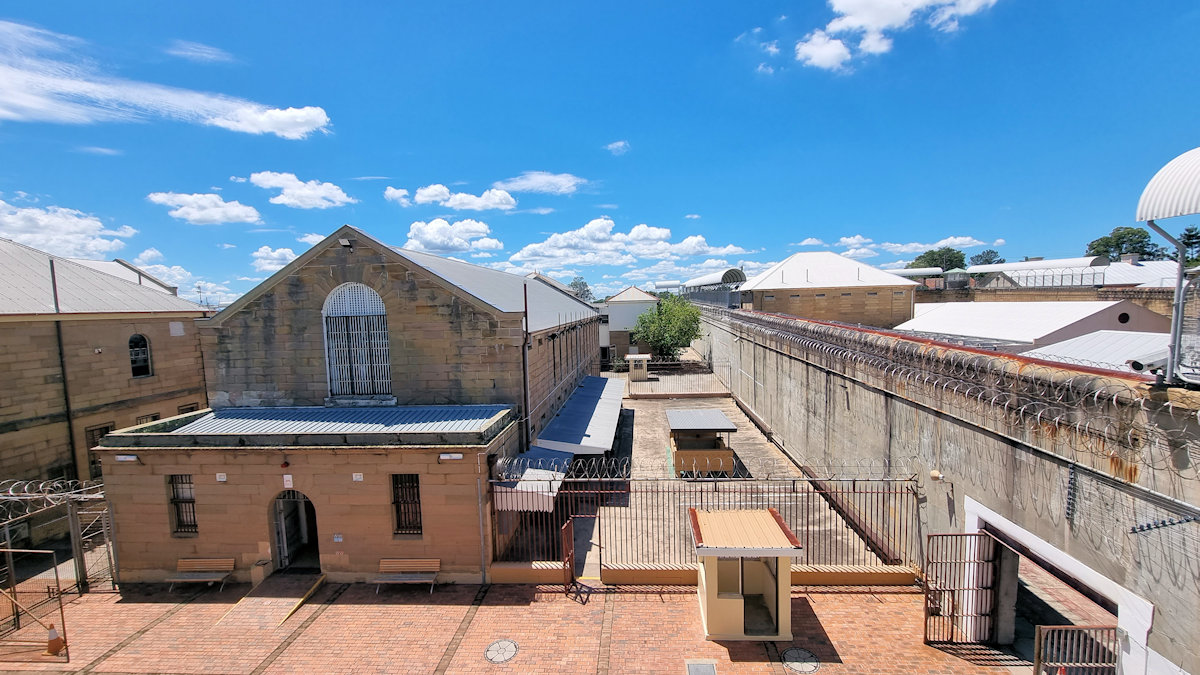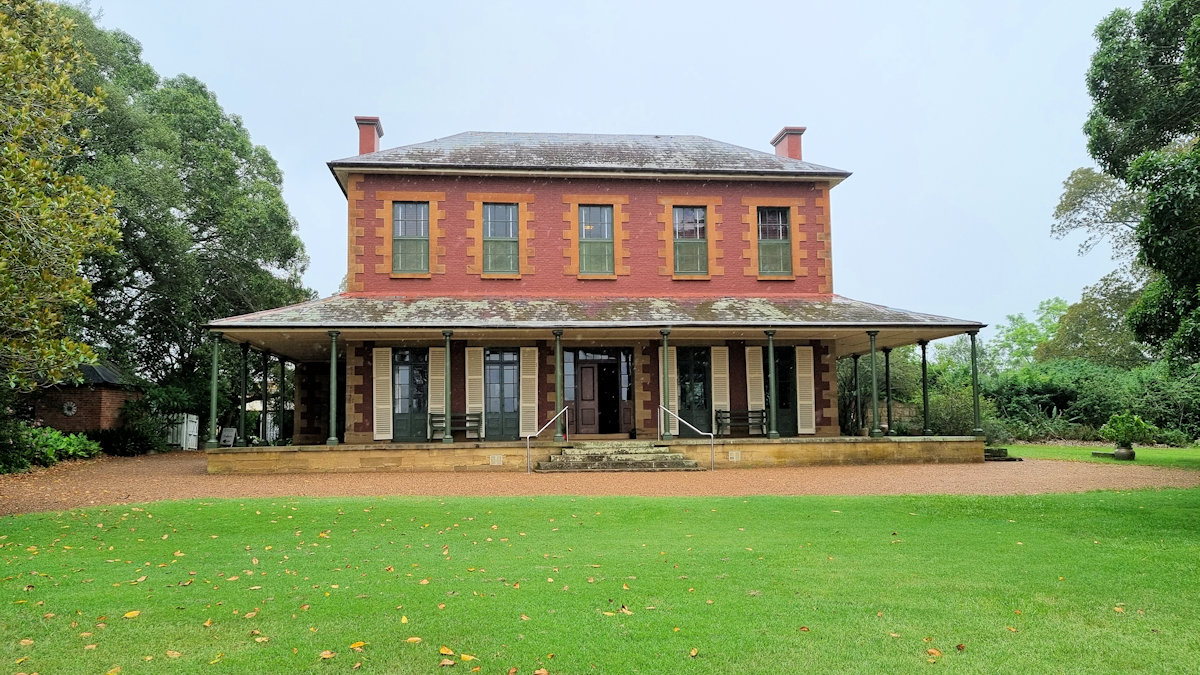Tag: travel
-
Maitland Gaol NSW Australia

Maitland Gaol NSW Australia Although outdated and no longer in use, the Maitland Gaol in NSW Australia is now a tourist attraction. Several options are available when visiting, guided tours, self guided tours or a guard tower tour. We chose the last option, as this takes you up onto the walls of the gaol, providing… Read more
-
Animal March Sculptures Maitland
Animal March Sculptures at Greenhills Maitland If you get tired of shopping, want a break or are waiting for someone, while at the Greenhills Shopping Centre in Maitland NSW Australia, the area outside the food hall is a great option. Not only are there places for the kids to play, and tables and chairs to… Read more
